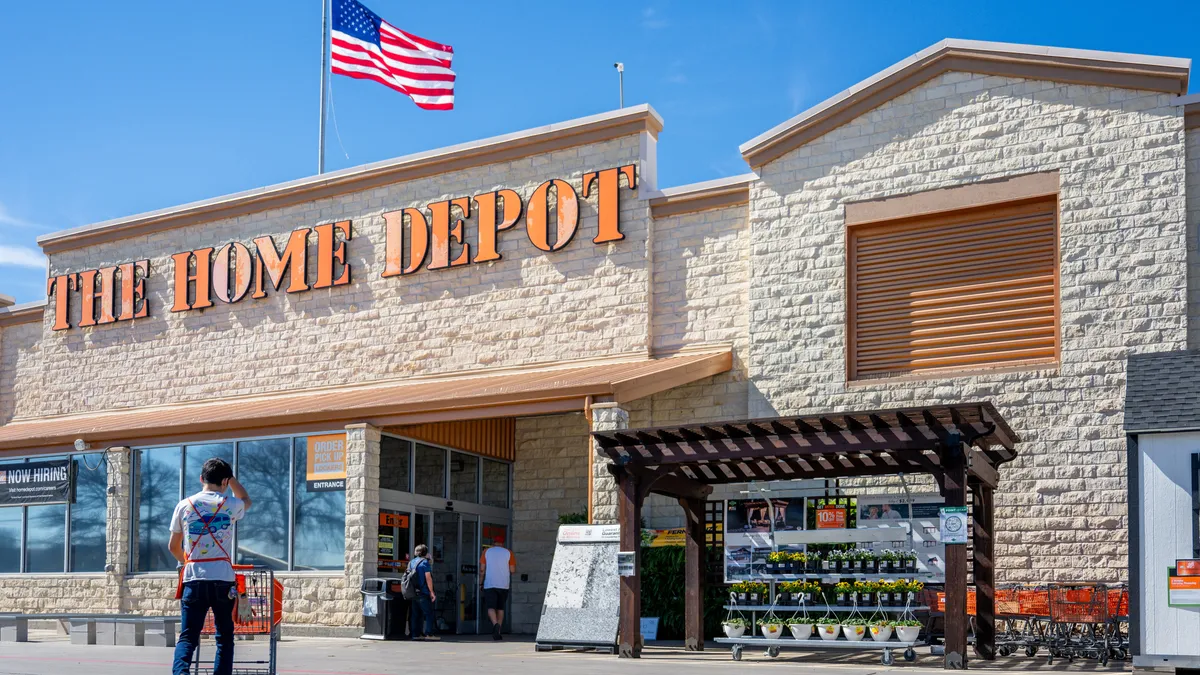Toys R Us has been liquidated, resurrected, liquidated again and resurrected again. Meanwhile, the story of the old big-box version of the toy store chain is still being written.
In court papers this week, new allegations emerged against former executives and board members of Toys R Us, who approved a loan deal meant to finance the company through its bankruptcy and a turnaround, but which ultimately triggered a collapse of the country's last national toy store. Specifically, former creditors to Toys R Us claim that company leadership should have never approved its bankruptcy financing in the first place.
The slow-grinding litigation has been years in the making and has dredged up voluminous documents, including internal emails at Toys R Us, along with testimony from former officials of the retailer.
In a December court filing asking for summary judgment in the case, the defendants described "fatal defects" in the plaintiff's claims.
In a statement, Bob Bodian, managing member with the Mintz law firm and attorney for the denfendants, said of the plaintiff's recent filing: "The claims asserted by the Trust are baseless and irresponsible. They know that their case is legally unsupportable, so they seek to impugn the defendants through the media. Defendants will continue to refute these meritless claims in court, and we expect that the defendants, who always acted in the best interests of the company, will be fully vindicated."
An 'accelerating spiral'
This time in 2018 Toys R Us was in Chapter 11 after filing for bankruptcy the previous September. At the time of the company's filing — which took analysts by surprise — CEO Dave Brandon as well as other executives and attorneys for the company said the court process would be used to right the retailer's finances and make it stronger than ever.
Preceding the filing were years of decline, as Toys R Us, burdened with billions in debt from a private equity buyout, lost market share to mass merchants like Walmart, Amazon and Target.
Those retailers continued to outflank Toys R Us during the 2017 holidays. Behind the scenes, toy makers and suppliers were shipping to Toys R Us on assurances that it was supported by a bankruptcy loan for those suppliers shipping to the retailer on trade credit.
And then, in March, Toys R Us surprised the world again by announcing it would be forced to liquidate after breaching covenants tied to its bankruptcy financing. Vendors who had been supplying the retailer with product all along the way collectively lost hundreds of millions of dollars.
None of these events should have happened, in the view of former creditors who have been pursuing litigation against former Toys R Us leaders, including Brandon and the company's then chief merchant Richard Barry, who went on to lead a revived version of the toy retailer.
"As of August 2017, [Toys R Us] met all of the criteria for a business that needed to wind down: it had been losing money for years, had a broken business model, had no plausible path for a turnaround, and sales and margins were in an accelerating spiral downward," the plaintiffs stated in court papers this week.
Instead of an orderly wind down, Toys R Us signed a deal for debtor-in-possession (DIP) financing, a common tool to keep companies afloat while they work toward reorganization in bankruptcy. The company announced in a press release it had $3.1 billion in financing from a group of lenders led by JP Morgan.
By October, Kirkland & Ellis attorney Josh Sussberg said in court that Toys R Us had the backing of its vendors and was "continuing to fix" its issues. Brandon put out a media statement saying, "We are continuing to provide customers outstanding service whenever, wherever and however they want to shop with us — just as we have for the past 70 years and will continue to do for decades into the future."
The key to both the company's turnaround and supplier support was DIP financing. According to the plaintiffs, key leaders at Toys R Us failed to "assess whether the Company could comply with the financial covenants in the DIP financing, which was required to avoid a precipitous default and forced liquidation."
As evidence, they cite testimony from company leaders, including that of Josh Bekenstein, co-chair of Bain Capital, one of Toys R Us' private equity owners at the time. When asked if he conducted an assessment of whether Toys R Us would be able to comply with the covenants tied to its DIP financing, Bekenstein answered with a simple "No."
No turnaround plan?
Toys R Us defaulted on those covenants, which included budgets and revenue goals for the holiday season that the retailer ultimately fell well short of. Plaintiffs also argue that there was essentially no way Toys R Us could meet the financial targets required by the covenants, and the leaders knew or should have known that. Citing deposition testimony and other evidence, the plaintiffs argue that Brandon and then Chief Financial Officer Michael Short "knew that the Company could not comply with the financial covenants."
"Worse still, Defendants not only knew that the Company lacked sufficient capital and time to conduct a turnaround, they knew the purported 'Turnaround Plan' did not exist," plaintiffs alleged. "This was a 'Hail Mary' with no plausible chance of succeeding." Approving the DIP financing, in their view, amounted to a breach of their fiduciary duties.
Suppliers were still shipping products to Toys R Us while behind the scenes executives, directors, advisers and lenders were discussing covenant defaults and the possibility of liquidation.
When Toys R Us fell, unsecured creditors had $800 million in claims against the company. With Toys R Us' DIP financing secured by its inventory, lenders were repaid through the retailer's going-out-of-business sales while suppliers who shipped product — much of it sold in its liquidation sales — had nothing to secure their claims.
Many of those suppliers are among the plaintiffs suing the retailer's former leaders. Along with claims about the DIP, previous allegations have centered on executive bonuses paid to company leaders just before it filed for bankruptcy — today a common practice but one that is under scrutiny and potentially subject to clawback and fraud claims.
While the Toys R Us drama played out years ago, it remains relevant. To some extent, it, along with other cases, may have altered the relationship between retailers in Chapter 11 and the suppliers they depend on. At the very least, many vendors are more wary than they were before the toy retailer's bankruptcy.





















